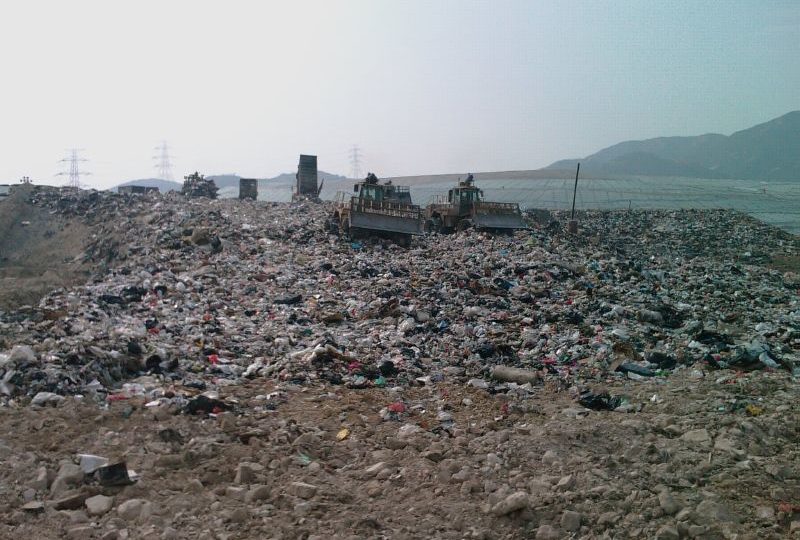With the world’s plastics crisis grabbing headlines across the globe (including here at Coconuts), a new survey is calling attention to Hongkongers’ apparent addiction to good old paper, finding the city uses an estimated 105 million paper napkins, towels, and wipes — 179 tons’ worth — every single day.
The survey, by Hong Kong-based environmental group World Green Organization (WGO), asked more than 500 Hongkongers about their daily use of disposable tissues, paper towels, and wet wipes, then extrapolated their responses to arrive at the total figure — which, by the way, they calculated to be equivalent in weight to 12 buses.
WGO representative Noel Wong told Coconuts HK in an email that her organization was “glad to know there are more people who are aware of their plastic waste problem,” but noted that the issue paper waste shouldn’t be neglected.
“Plastic waste has been a hot issue,” she said. However, “paper production is related to several environmental issues, including climate change, habitat destruction, and biodiversity, as well.”
The WGO survey noted that paper was the second-largest category of municipal waste taken to landfills each year — after food waste — and has increased in both amount, and as a share of the total, nearly every year since 2014. That amounted to more than 2,500 tons of paper a day in 2017, the most recent year for which statistics are available.
These types of paper products — contrary to many people’s assumptions, WGO found — can’t be recycled, and aren’t as readily biodegradable as others due to fibers, chemicals, and other substances added during production.
Wong noted that paper waste has other hidden costs as well. For instance, “climate change would be even worsened due to the greenhouse gas (GHG) released during papers’ whole life cycle – production (cradle), transportation and disposal (grave).”
Eliminating the disposable paper tissues and towels sent to landfills would save 244 tons of greenhouse gases each day, she said, equivalent “to the amount of more than 10,000 trees’ annual carbon sequestration.”




